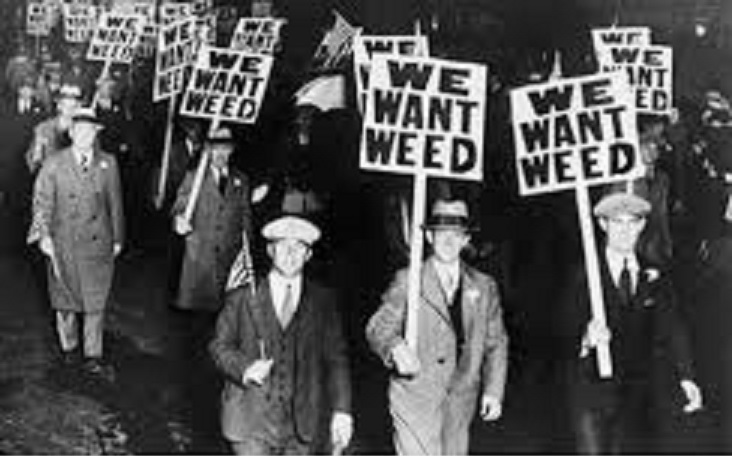God simulator fans have been busy for the past three months, thanks to the release of the second expansion to Sid Meier’s Civilization VI. Titled Gathering Storm, the expansion offers a number of new mechanics relating to climate. Unfortunately for us is the fact that, insofar as the Civilization games are history simulators, this one suggests that humanity is all but guaranteed to destroy the planet.
The fact that humanity is all but guaranteed to destroy the planet becomes clear if one considers the game theory logic of Gathering Storm.
A game of Civilization normally starts in 4000 B.C. At this point your empire will consist of one small village, a rudimentary knowledge of agriculture, and a gigantic, unknown map full of rivals to be explored. From here, you will be presented with a near-infinitude of different decisions. If you make the correct ones, your civilisation will survive against the military and economic threats posed by the others.
As the scientific knowledge of your civilisation progresses, it will advance through the Classical Era to the Medieval Era, and then to the Renaissance Era. Through each era, your empire’s military power increases, but nothing you do affects the global environment until you discover industrialisation. Once you get to the Industrial Era, your scientists are beginning to grapple with the uses of coal.
This means three major things. The first is that it makes naval vessels like ironclads and battleships possible. The second is that it makes coal power plants possible. The third is that the world atmosphere starts to become polluted as these units and buildings consume fossil fuels.
Let’s say you’re at war with someone (and, let’s face it, you probably are). The inexorable logic of war in the industrial age is that victory mostly comes down to getting the most and the biggest guns onto the field. This means that war is mostly a matter of production. Whoever has the most factories can produce the most guns, whoever has the most shipyards can produce the biggest navy, whoever has the best railway network can get the most nitre to the ammunition factories etc.
In Gathering Storm, it’s possible to harness the power of coal to not only create a more powerful range of naval vessels, but also to fuel power plants that greatly increase the productivity of the empire’s workshops, factories and arsenals. This also has the effect of spewing pollution into the atmosphere, measured in-game by CO2 levels.
In the Civilization series, technological advancement tends to proceed at roughly the same speed for everyone. This means that any technological and military advantages are usually slim and sometimes short-lived. So it’s very possible that, when the player discovers industrialisation, they are in a war that they are losing or which has stalemated. The increased power that comes from harnessing coal, then, is often enough to break the deadlock.
So the imperatives to burn coal and oil at the expense of the global environment are inescapable. If you don’t do it, your enemy will, and then they will destroy you. He who rapes the planet the fastest gets the edge on his enemies – and stays alive. As above so below: the kill-or-be-killed logic of the animal world applies at all levels of human organisation.
This is not just a matter of game-world logic either.
By 1903, British Admiral John Fisher had realised the strategic imperative to switch the British Navy from coal to oil. A navy that was fueled by oil was many times more efficient than one fueled by coal. Its ships, compared to coal-powered ships, had greater range, greater speed, lighter weight, required a smaller crew – and could carry more guns.
Fisher encountered some difficulty in persuading his higher-ups to agree to the change. Eventually, however, the iron logic prevailed, and the Royal Navy switched to oil just in time for World War One. The British strategic victory at the Battle of Jutland underlined the degree to which the switch to oil had created a distinct naval advantage. A failure to have done so would have meant defeat.
Of course, this profound naval advantage had to be maintained – which meant that military control over Middle Eastern oil fields had to be maintained, which meant that a massive navy had to be maintained. In other words, the Empire became irrevocably committed to the logic of maintaining a perpetual advantage on their enemy by controlling more energy.
At this point, the extreme difficulty of taking measures to preserve the Earth’s environment by way of not burning too many fossil fuels becomes apparent. If the Royal Navy had remained on coal, it’s possible that the Germans would have switched to oil and then won a military advantage. This could have led to the destruction of Britain itself, for that is the nature of military advantages.
Why would one side sit back and allow their enemies to obtain a strategic advantage over them? They wouldn’t. In the same way that no Civilization player will refuse to build battleships and power plants and allow the other players to destroy him, no real-life leader would refuse a military advantage that kept their people safe.
What emerges, from a game theory perspective, is a global tragedy of the commons-style scenario. The payoff to the people burning the fossil fuel is that they keep all the benefits of harnessing the energy. The drawback is the environmental damage done by burning the fossil fuels, which are mostly spread out across the entire world.
We do have one great factor in our favour. On our planet, technological advancement occurred in an extremely unequal manner, unlike in a game of Civilization. The Industrial Revolution began in Britain, and by the time the rest of the world had caught up, the British had built a global empire.
This made it possible for a minority of nations to develop so far economically that they were able to produce scientists who could foresee the danger of burning too many fossil fuels, and before we had burned so many that the planet was on an unavoidable path to disaster. And here we are today, but at a crossroads.
It’s not clear what the path away from this situation is. However, as this newspaper has mentioned before, the average person will eventually have to cut their consumption to a level roughly equal to that of a New Zealand beneficiary. This is not optional, as the planet simply cannot support more than this. The only thing certain is that a turn away from materialist consumption is necessary.
*
If you enjoyed reading this essay, you can get a compilation of the Best VJMP Essays and Articles of 2018 from Amazon for Kindle or Amazon for CreateSpace (for international readers), or TradeMe (for Kiwis). A compilation of the Best VJMP Essays and Articles of 2017 is also available.




